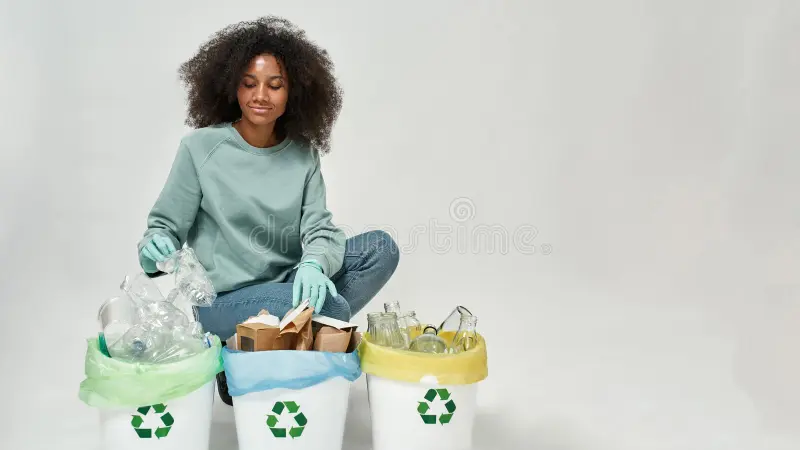Understanding the Basics of Household Waste Sorting

*Organizing waste for a cleaner environment.*
Proper household waste sorting is an essential practice for environmental conservation and efficient resource management. By separating different types of waste, we can facilitate recycling, reduce landfill burden, and minimize pollution. This article outlines the fundamental categories and methods commonly used in domestic waste management.
Why Sort Waste?
The primary goal of waste sorting is to segregate materials that can be reused, recycled, or composted from those that must be disposed of in landfills. This process helps conserve natural resources, saves energy in manufacturing new products, and reduces greenhouse gas emissions. It also ensures that hazardous materials are handled safely.
Common Waste Categories
While specific categories may vary by region, most household waste can be broadly categorized as follows:
1. Recyclable Waste
These are materials that can be processed and reused to create new products. Common examples include:
- Plastics: Bottles, containers (check recycling codes 1-7).
- Paper and Cardboard: Newspapers, magazines, cardboard boxes, office paper.
- Glass: Bottles, jars (clear, brown, green).
- Metals: Aluminum cans, steel cans.
It's often recommended to clean recyclable items before placing them in designated bins to avoid contamination.
2. Organic Waste (Compostable)
This category includes biodegradable materials that can decompose naturally and be turned into compost, a nutrient-rich soil amendment.
- Food Scraps: Fruit and vegetable peels, coffee grounds, tea bags, eggshells.
- Yard Waste: Leaves, grass clippings, small branches.
Composting reduces methane emissions from landfills and improves soil quality.
3. General Waste (Non-Recyclable/Non-Compostable)
This category comprises items that cannot be recycled or composted and are typically sent to landfills or incineration facilities.
- Non-recyclable Plastics: Plastic bags, styrofoam, broken plastic items without recycling codes.
- Contaminated Items: Pizza boxes with grease stains, used tissues, soiled paper towels.
- Miscellaneous: Ceramics, certain types of broken glass (e.g., mirrors, window panes), diapers.
4. Hazardous Waste
These are materials that pose a risk to health or the environment and require special disposal methods. They should never be mixed with general waste or recyclables.
- Batteries: All types of batteries.
- Electronics: Old phones, computers, light bulbs (CFLs).
- Chemicals: Cleaning products, paints, motor oil, pesticides.
- Medical Waste: Syringes, expired medications.
Check with local authorities for designated collection points or events for hazardous waste.
Practical Tips for Effective Sorting
- Set up separate bins: Use clearly labeled bins for different waste types in your kitchen or utility area.
- Rinse containers: Quickly rinse food containers before recycling.
- Know your local rules: Recycling and waste collection guidelines vary significantly by municipality. Consult your local waste management website for specific instructions.
- Reduce overall waste: The best way to manage waste is to produce less of it in the first place by choosing reusable products and consuming mindfully.
By understanding and implementing these basic waste sorting principles, every household can contribute to a more sustainable and cleaner environment for future generations.
Thank you for reading!


